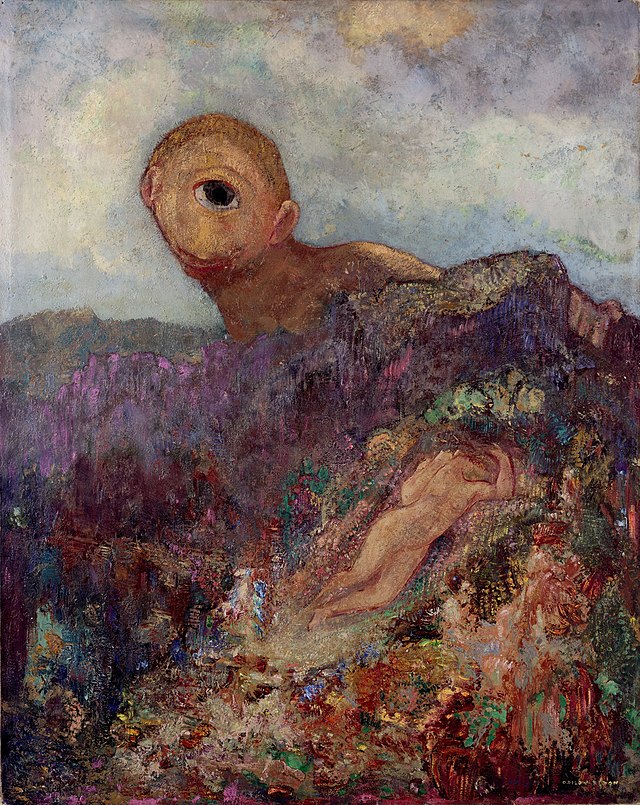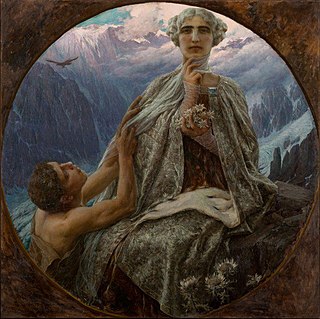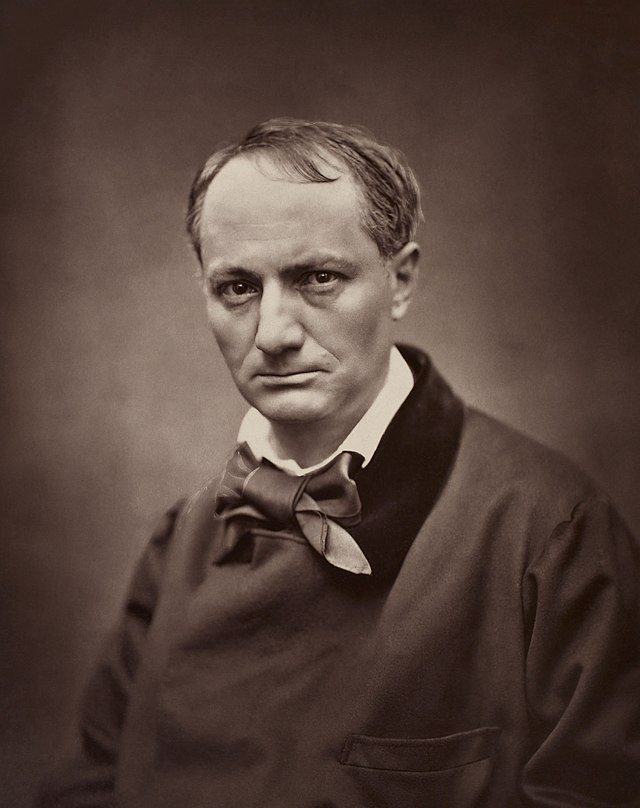Symbolism was a late 19th-century art movement of French, Russian and Belgian origin. The movement rejected realism and naturalism, and included poetry and other arts. Symbolists believed that art should represent absolute truths that could only be described indirectly.[1]




In literature, the style started with the publication Les Fleurs du mal (The Flowers of Evil, 1857) by Charles Baudelaire. The works of Edgar Allan Poe, which Baudelaire admired greatly and translated into French, were a significant influence; It was also the source of many tropes and images.[2] Symbolism in art is related to the gothic component of Romanticism.

Origin of the name: The name symbolist was first used (1886) by the critic Jean Moréas; He invented that name to make a distinguish between symbolists and (other) people from styles of literature and art, that are similar.[3]
Painting and other visual arts

Those "painters who are truly representative of the ... aesthetic ideals" of symbolism includes Gustave Moreau, Odilon Redon, and Pierre Puvis de Chavannes, according to Britannica.com.[4]
The "Vision after the Sermon (1888, picture),[5] is a Paul Gauguin painting that was done "in the Synthetic style that he developed" in Brittany with Émile Bernard; The picture had influence[6] (of significance) on the aesthetic in works by "the group of artists known as the the Nabis".
The group Salon de la Rose + Croix[6] had (shows or) exhibitions that showed symbolist paintings. Some of the most influential paintings at those shows, were done by Arnold Böcklin, Fernand Khnopff, Ferdinand Hodler, Jan Toorop, Gaetano Previati, Jean Delville, Carlos Schwabe, and Charles Filiger.[7] The six shows were held between 1892 and 1896.
There were several groups of Symbolist painters and visual artists, including Gustave Moreau, Gustav Klimt, Odilon Redon, Henri Fantin-Latour, Gaston Bussière, Edvard Munch, Félicien Rops, and Jan Toorop. Symbolism in painting was even more widespread geographically than symbolism in poetry. Its ideas affected Mikhail Vrubel, Nicholas Roerich, Martiros Saryan, Mikhail Nesterov, Léon Bakst, Elena Gorokhova in Russia, as well as Frida Kahlo in Mexico and David Chetlahe Paladin in the United States. Auguste Rodin is sometimes considered a symbolist sculptor.[8]
The symbolist painters used mythological and dream imagery. The symbols used by symbolism are not the familiar emblems of mainstream iconography but intensely personal, private, obscure and ambiguous references.
A symbolist painting may look realistic, but actually it represents a non-visual idea.
Sculptures: In 1898, George Minne (from Belgium) made the sculptures Kneeling Youth and the Fountain with Kneeling Youths.[9] They are highpoints among his symbolist sculptures.[9]
Legacy
More a philosophy than an actual style of art, symbolism in painting influenced the contemporary Art Nouveau style and Les Nabis (a group of Post-Impressionist avant-garde artists in France).
Other websites
- Who Were the Most Famous Symbolists [painters?]. Thecollector.com
- Symbolism. Artstory.org
Notes
Wikiwand in your browser!
Seamless Wikipedia browsing. On steroids.
Every time you click a link to Wikipedia, Wiktionary or Wikiquote in your browser's search results, it will show the modern Wikiwand interface.
Wikiwand extension is a five stars, simple, with minimum permission required to keep your browsing private, safe and transparent.
